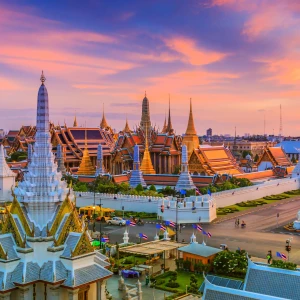


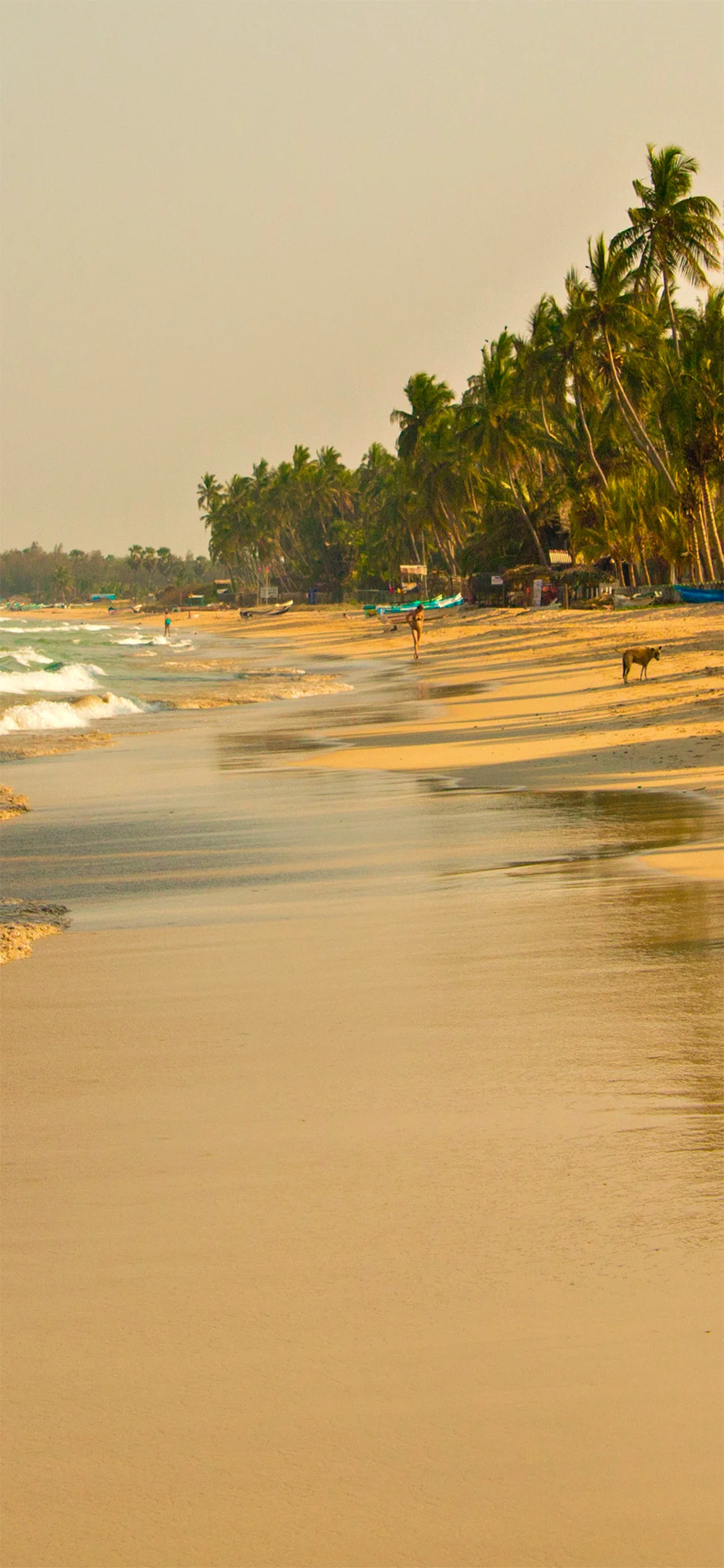


Experience the highlights of Sri Lanka from May to October and enjoy glorious seasonal weather in the beach paradise of Trincomalee, with your toes in the sand.
Comprehensive package of excursions:
Discover Sri Lanka’s most captivating highlights – from mist-draped tea plantations to dramatic rock temples and legendary royal palaces. You’ll immerse yourself in the country’s rich cultural heritage while getting up close to its stunning natural scenery and extraordinary wildlife.
Your tour begins in Sri Lanka’s central highlands, where emerald tea plantations, mountain vistas, and echoes of the colonial era await. In Ella, you’ll hike up Little Adam’s Peak and marvel at the iconic Nine Arch Bridge, all set amidst peaceful valleys and the hush of the highlands. Afterwards, board one of the world’s most scenic train journeys before your time in Kandy, where you’re free to explore attractions such as the Temple of the Tooth and Girigama Tea Factory.
In the heart of Sri Lanka’s Cultural Triangle, you’ll encounter exquisite Buddhist art and regal splendour beautifully intertwined at Dambulla’s cave temple. From here, the journey will continue to Sigiriya, where you’ll climb the fabled Lion Rock and savour sweeping views from the summit of the ancient royal palace. You’ll also set off on a safari holiday through the lush landscape of Minneriya National Park, keeping an eye out for playful monkeys, water buffalo, and impressive herds of elephants.
Your travel adventure concludes on the north-eastern coast of Sri Lanka in Trincomalee, where you can look forward to a couple of days filled with relaxation and unforgettable experiences. Here, you’ll discover a vibrant port town shaped by colonial history, beautiful beaches, and a rich marine life – perfect for snorkelling enthusiasts.
Today marks the beginning of your Sri Lankan adventure. You will depart from your selected airport, with connecting flight(s) along the way.
Welcome to the verdant jewel of the Indian Ocean, Sri Lanka!
After landing just north of Colombo, you will clear immigration and collect your luggage. In the arrivals hall, you’ll be greeted by your guide, holding a TourCompass sign and offering you a warm, authentic Sri Lankan welcome.
You will then be driven south towards one of Sri Lanka’s most vibrant cities, Galle. Here, you can look forward to exploring the country’s historical roots, while the beautiful beaches along the south coast invite you to enjoy a touch of beach holiday relaxation.
After checking in at your hotel, the rest of the day is yours to spend as you please. If you’ve got the energy, you might want to start your adventure inside the walls of Galle Fort. It’s easy to be charmed by the town’s delightful little shops, cafés, and restaurants, all beautifully set within a backdrop steeped in history.
Today, you will continue your journey north towards what is perhaps Sri Lanka’s most scenically located town, Ella.
On your way, you’ll stop at the Buduruwagala Temple, which dates all the way back to the 10th century and is famed for its remarkably well-preserved rock carvings. The temple occupies a vast rock face, where a 16-metre-high Buddha statue stands, surrounded by six smaller figures showing the Buddha in various meditative poses. You’ll have time to appreciate their intricate detail and serene expressions in peace and quiet, as Buduruwagala remains a tranquil sanctuary, quite unlike some of Sri Lanka’s busier temples.
The journey then takes you to one of Sri Lanka’s widest waterfalls, the legendary Ravana Falls. With a dramatic 25-metre drop, the powerful cascade sends water rushing over the rocks. According to myth, behind this waterfall the demon king Ravana hid the fabled Princess Sitha in a cave, which today is known as Ravana Cave.
By late afternoon, you’ll arrive at your hotel in Ella, where you will have the remainder of the day at leisure to soak up the indescribably beautiful surroundings and savour a rare moment when time almost seems to stand still.
As you enjoy the crisp morning air and your first meal of the day, you can look forward to exploring some of the highlands’ most breathtaking viewpoints today.
After breakfast, your guide will take you on a scenic hike to Little Adam’s Peak, the smaller sibling of the famous pilgrimage peak, Adam’s Peak. Although much smaller in size and considerably easier to climb, Little Adam’s Peak rewards you with sweeping, equally captivating views.
The route begins across gently rolling terrain, winding its way through lush, green tea plantations. Gradually, the landscape opens up before you, and after about an hour at a leisurely pace, you’ll approach the summit. The final stretch sees you tackling 350 steps before you’re rewarded with a breathtaking panorama over the undulating highlands and Ella Gap, slicing dramatically between the surrounding mountains.
Your descent takes you back the same way, through the verdant scenery, before you hop into the car and head towards one of Sri Lanka’s most photographed landmarks: the beautiful Nine Arch Bridge, built during the British colonial era without the use of either iron or steel.
Leaving the car, you’ll walk down the sloping ground along little paths – perhaps sharing a greeting with the locals who go about their lives among the region’s many tea plantations. At the end of your walk, the Nine Arch Railway Bridge awaits, an architectural marvel rising just under 30 metres high in the heart of this lush landscape.
Alongside the rails on the bridge, you might spot tiny lizards and brightly coloured birds, and if your timing is spot on, you could be treated to the magic sight of a train making its way across – a moment where the bridge’s architecture, the flourishing landscape, and Sri Lanka’s iconic railways come together in perfect harmony.
Afterwards, you’ll be taken back to your hotel in Ella, where you’ll have a couple of hours at your leisure before savouring your final evening in Sri Lanka’s stunning highlands.
After breakfast, your guide will collect you and drive you to Ella’s train station, where one of the world’s most scenic train rides awaits.
Here, you’ll board the classic train, which soon winds its way through Sri Lanka’s lush highlands. Settle in comfortably and enjoy your packed refreshments as the train gently chugs through sweeping bends, unveiling a landscape of vibrant green tea plantations, mist-clad peaks, and small villages, where children beam with joy and wave as the train passes by.
Upon arrival in the small railway town of Nanu Oya, you’ll disembark and continue by car towards Kandy—a picturesque drive of 3–4 hours that carries on through the breathtaking highlands. Along the way, you’ll have panoramic views of endless tea plantations and valleys on either side, with opportunities for the occasional photo stop, so you can capture the scenic surroundings. The route also takes you through Sri Lanka’s highest town, Nuwara Eliya—also affectionately known as ‘Little England’. Here, you can catch glimpses of the town’s English-style houses with their neat rose gardens, a living reminder of the colonial period’s legacy.
After a day brimming with impressions from Sri Lanka’s enchanting highlands, you’ll arrive at your hotel in Kandy. The city nestles beautifully in a valley encircled by lush green mountains, tea plantations, and meandering rivers.
The evening is yours to explore Kandy at your own pace, and when hunger sets in, you’re spoilt for choice by the city’s vibrant culinary scene. Your guide will be more than happy to help you pick a restaurant from the wide range on offer, whether you’re after Sri Lankan classics such as kottu roti or international favourites.
Today there are no excursions scheduled, giving you the perfect opportunity to listen to your own needs before your travel adventure continues.
Let the experiences of the past days settle while you unwind by the hotel’s inviting pool, or set off on a new adventure exploring on your own.
If you’re seeking relaxation, you can take a seat by Kandy’s mirror-like lake and watch everyday life unfold in Sri Lanka’s second largest city. From here, you’ll also have a view of the majestic Buddha statue at Bahirawakanda Temple, the city’s highest landmark. Alternatively, visit the Royal Botanic Garden—an immaculately kept oasis where more than 4,000 plant species can be admired as you wander along its beautiful pathways.
If you’d rather delve into Sri Lanka’s renowned tea heritage, consider visiting one of the many tea factories nestled in the highlands. The Girigama Tea Factory is among the very best and is conveniently located just outside Kandy. Here, you’ll gain fascinating insights into the process—from the moment the tender tea leaves are plucked, right through to that steaming hot cup in your hands. The factory’s ancient colonial-era machinery is still in operation, offering a glimpse into the aromas, flavours, and rich history of tea production. To round off your visit, you can sample a variety of teas and perhaps pick up some delicious Ceylon tea to take home as a souvenir.
As the afternoon draws on, it’s well worth paying a visit to the Temple of the Tooth and experiencing Buddhism up close. This sacred temple is a major reason why Kandy is featured on the UNESCO world heritage list and is believed to house one of Buddha’s teeth, said to be kept in a golden casket after being smuggled from India to Sri Lanka in 1590. If you’ve booked your ticket in advance, you can top off your visit with a traditional Sri Lankan dance performance at a nearby cultural centre, where you’ll be treated to captivating displays featuring fire, drums, and vibrant costumes.
As night falls, you can settle into one of the city’s hillside restaurants overlooking the valley and its surrounding mountains. Here, you can enjoy your evening meal while taking in the beautiful sight of Kandy aglow in the soft evening light.
Today, you’ll venture further into Sri Lanka’s Cultural Triangle, where you’ll have the chance to delve even deeper into the country’s rich history and remarkable cultural heritage.
After a scenic drive of just over 2½ hours, you’ll arrive at one of Sri Lanka’s most striking and sacred sites: the Dambulla Cave Temple. Originally founded by King Valagamba in the 1st century BC, the temple is listed as a UNESCO world heritage site due to its irreplaceable historical and cultural significance.
The Cave Temple is set amidst lush scenery, built into a vast and sweeping rock that rises up towards the sky. Inside, you can explore this remarkable rock complex, home to more than 150 Buddha statues, as well as paintings and figures of kings and deities. The mural paintings, which cover more than 2,000 m², are among the best preserved in the country and vividly depict tales from the world of Buddhism.
After your visit, you’ll continue to your hotel, nestled in the rural surroundings of Sigiriya, where you’ll check in and have the rest of the day at your leisure.
Enjoy a relaxed morning at your own pace, giving you the chance to unwind before the afternoon’s safari adventure. Laze by the pool or perhaps venture out among the lush green rice paddies, which form a vibrant contrast to the quaint houses dotted behind swaying palms and banana trees.
After lunch, your guide will pick you up and drive you to Minneriya National Park, where you’ll have the perfect opportunity to get close to Sri Lanka’s incredible wildlife in the park’s verdant landscape. Accompanied by an experienced ranger who knows every corner of the park, you’ll set off on an unforgettable three-hour safari in an open jeep.
Minneriya is a mosaic of forest, open grassland, dense thickets, and life-giving wetlands. You might spot colourful birds, playful macaques, curious sambur deer, wild boar, and buffalo. However, the park is especially renowned for its vast herds of elephants, which during the dry months from June to September gather at the Minneriya reservoir to graze, enjoy a mud bath, and interact in large family groups – sometimes with as many as 300 elephants. Outside this season, you still have a good chance of seeing elephants, though they’re usually found in smaller groups scattered across the park’s many hectares.
Your journey then takes you back to your hotel, your mind brimming with memories of Sri Lanka’s extraordinary wildlife. Here, you can round off the evening with a delicious meal or perhaps try a local restaurant in authentic surroundings, before a restful night’s sleep awaits.
Awaken to the sound of exotic birdsong and prepare yourself for one of the most spectacular highlights of the tour: Sri Lanka’s iconic Lion Rock, Sigiriya.
During the short drive, you’ll catch sight of the majestic rock towering 200 metres above the surrounding landscape. Sigiriya is considered one of Sri Lanka’s most significant archaeological treasures and is listed as a UNESCO world heritage site. If you’re keen on history, your guide can share fascinating stories about its construction, including the gripping family drama of King Kashyapa, who ruled the country in the 5th century.
Upon arrival at Lion Rock, you’ll begin your ascent of the 1,202 steps, which will bring you to the top in just over an hour. We recommend taking it at a gentle pace, pausing along the way to appreciate the impressive architecture of the rock. As you climb, you’ll pass vibrant frescoes and the remains of a polished rock wall where King Kashyapa could once admire his own reflection. At the entrance to what was once his magnificent palace, you’ll see two enormous lion’s paws, the last vestiges of a gigantic lion that once inspired the name Lion Rock.
An unforgettable experience awaits you at the flat summit of the rock. From here, you’ll be captivated by the breathtaking view over the ruins of the ancient royal palace, complete with its moats, water features, and lush gardens. On the horizon, a green sea of jungle, mountains, and villages unfolds, and in the distance, you can catch a glimpse of Pidurangala Rock.
Take your time to soak up the atmosphere before making your way back down. From here, you’ll be driven to Trincomalee on Sri Lanka’s east coast, where you’ll check in at a beach hotel for the next few days of rest and relaxation by the sea.
There are no scheduled activities for your days in Trincomalee, so you’re free to spend your time exactly as you wish.
Trincomalee is one of Sri Lanka’s most scenic coastal regions, boasting beautiful, pale sandy beaches at both Uppuveli and Nilaveli, as well as the small island of Pigeon Island. The latter is also among Sri Lanka’s best spots for snorkelling and diving, with vibrant coral reefs, harmless reef sharks, and sea turtles. Please be aware, however, that waves and currents can be strong at any time of year.
The waters off Trincomalee are renowned as one of Sri Lanka’s premier whale-watching destinations. The warm Indian Ocean provides ideal conditions for these gentle giants, and it’s possible to spot sperm whales, blue whales, and pilot whales gliding through the waves. You may also be lucky enough to witness playful pods of dolphins enjoying the balmy waters. If you’re not keen on being out at sea, head up to Swami Rock, widely considered one of the best places in the world to see whales from the shore.
The city also boasts a fascinating history spanning over 2,500 years. Here, you can wander through charming streets lined with picturesque colonial houses, or explore the historic Fort Frederick. At the tip of Swami Rock, you’ll find the beautifully situated Koneswaram Hindu temple, offering magnificent views over the Indian Ocean.
In the evening, discover the coastal area’s local restaurants—famed for their delicious fish and seafood dishes. Alternatively, treat yourself to a stroll along the beach, accompanied by the gentle sound of the waves—pure therapy for the soul.
Your tour now draws to a close, but you will return home with your case packed full of memories, sensory impressions, and unforgettable encounters with Sri Lanka’s nature and culture.
After breakfast, you’ll be collected from your hotel and driven to the airport, where your journey home to Europe begins, with connecting flight(s) along the way.
You land at your selected airport and can now look back on a tour filled with sacred temples, stunning scenery, and incredible wildlife – with perhaps just a longing to one day return.
|
|


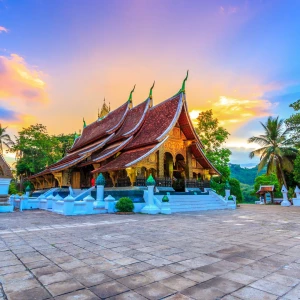

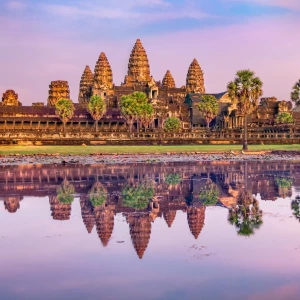

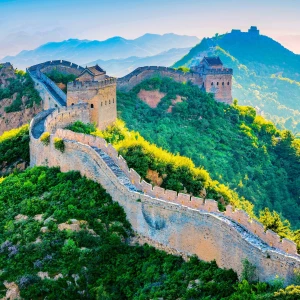

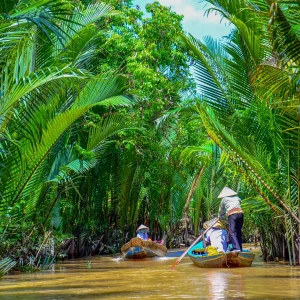

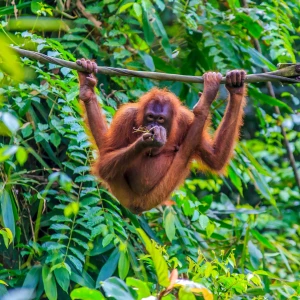

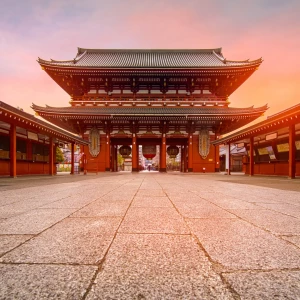

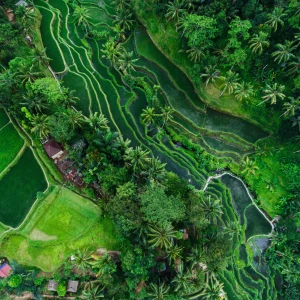

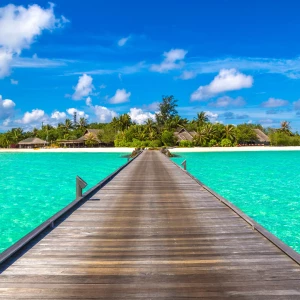

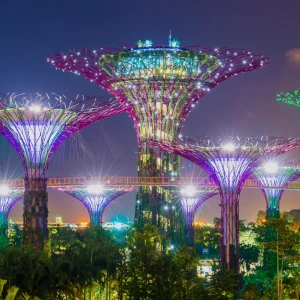

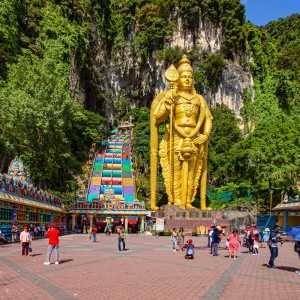

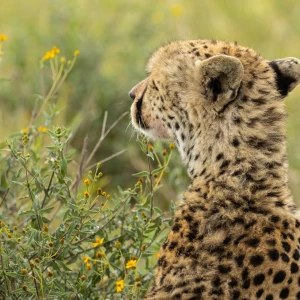



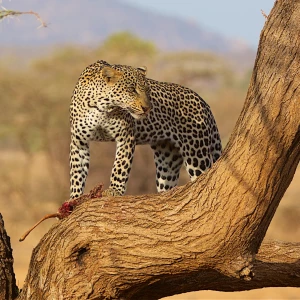

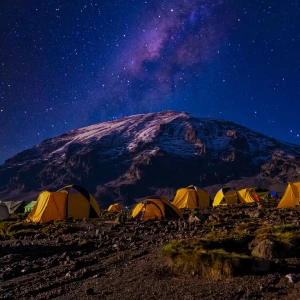

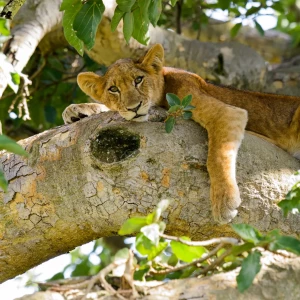

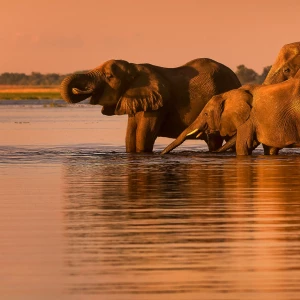



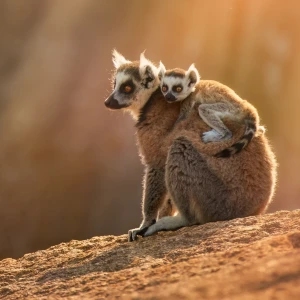

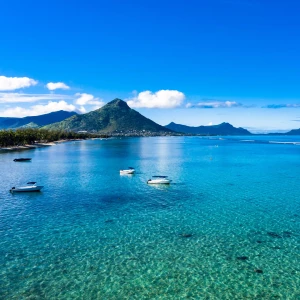

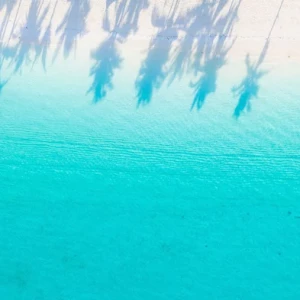

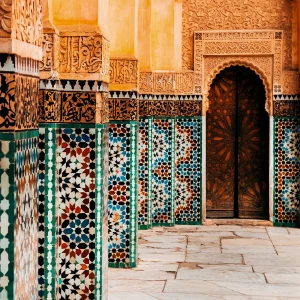

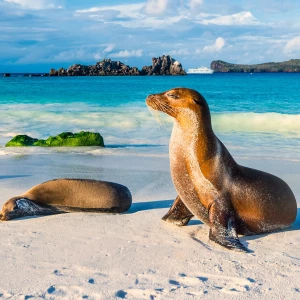

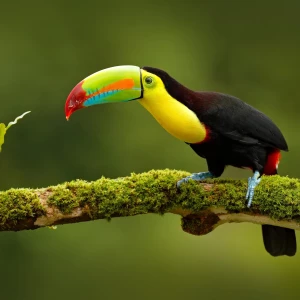

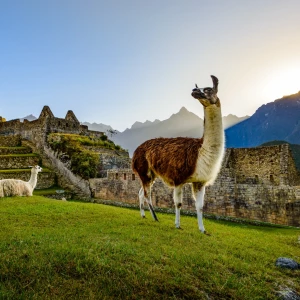

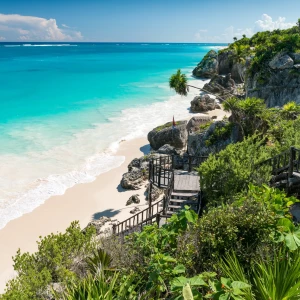

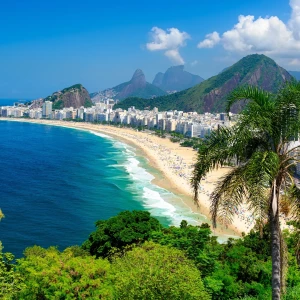

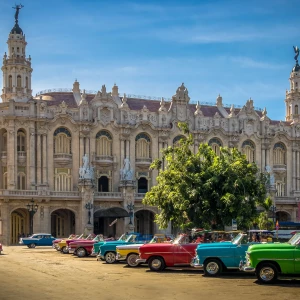

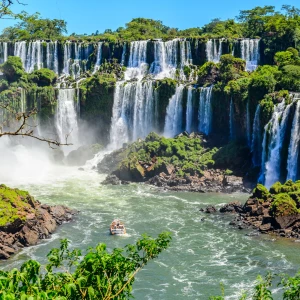

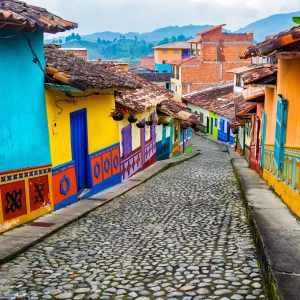

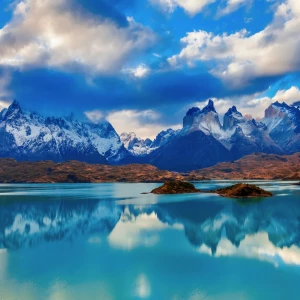

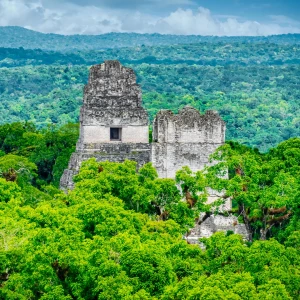

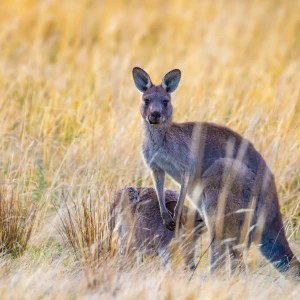

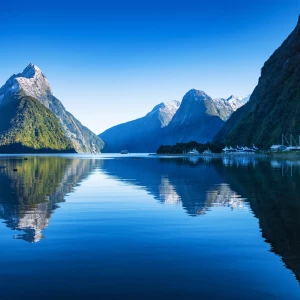

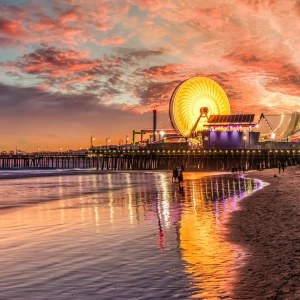

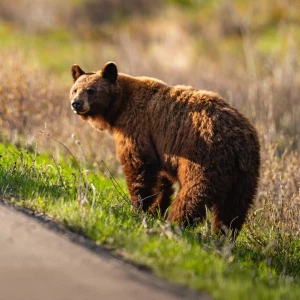


Millie’s passion for travel sparked when she was little, and now she loves to help others fulfil their travel dreams
We know your time is precious. That's why we strive to provide personalised, attentive service to ensure your comfort and safety throughout your tour. From the moment you book to the moment you return home, we’re here to handle every detail with the utmost care.
We offer a diverse array of destinations, each promising its own unique story, shaped by its local cultures, fascinating wildlife, and natural beauty.
We design every tour based on the extensive research and first-hand experiences of our travel specialists and experts. Each tour is crafted to showcase the best each country has to offer.
With us, you can rest assured; your journey is in safe hands. We are ATOL certified and a proud member of ABTA, maintaining rigorous standards of quality and service to ensure your complete peace of mind.